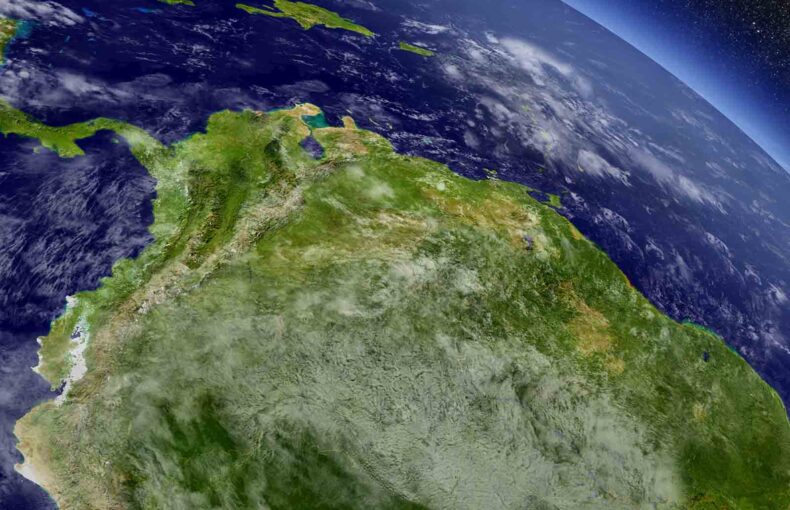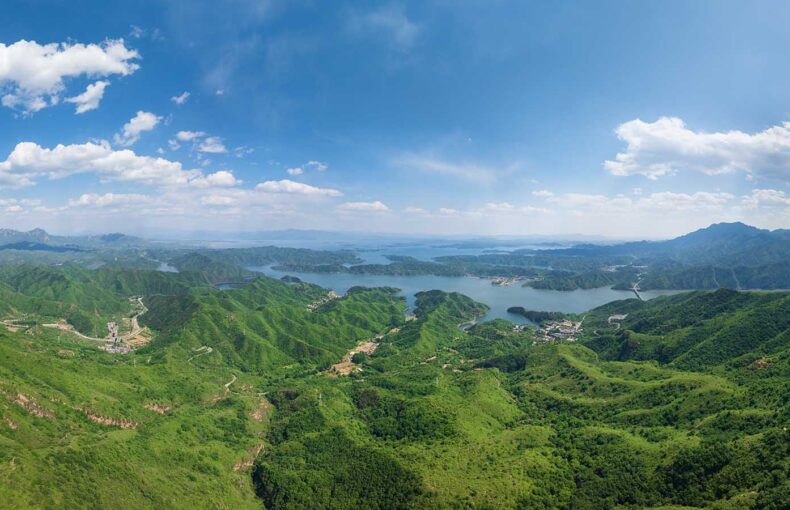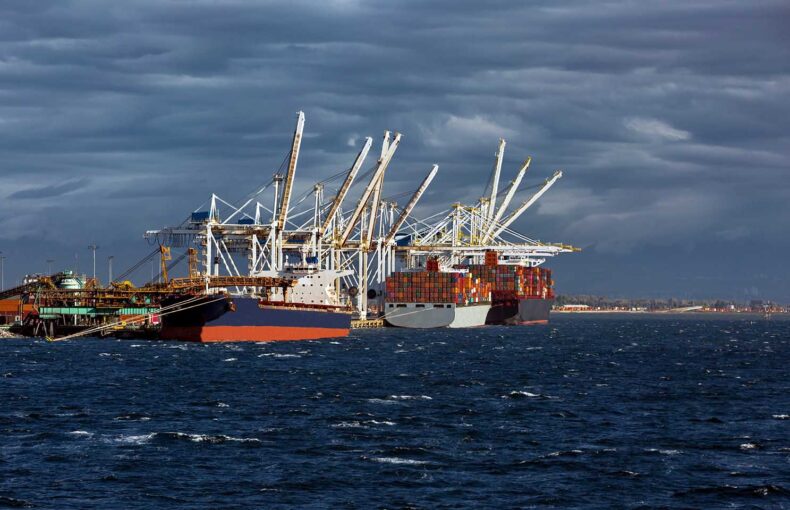Top 5 reasons you should be using specialized agriculture weather forecasts
How a better understanding of upcoming weather saves agricultural operators money by reducing risk and uncertainty.
At Spire Global, one of our offerings is specialized weather forecast solutions. We are sometimes asked the question: “What are the ways that advanced weather forecasting can provide value to the agriculture industry?”
These questions are mostly from providers of agricultural services and applications software who are looking to add unique and cutting-edge value to their offerings.
Why the need for specialized weather forecasts?
Before getting to the ways weather forecasts provide value, first it’s important to understand why there is such demand for precise agriculture weather forecasting. Let’s look at some factors:
There is more room for improvement than most people think.
There’ve been large advances in weather forecasting in recent years, and that trend will continue. The operationalization of new environmental observing technologies (like GPS radio-occultation), have resulted in an abundance of data available for forecasting. Jim Pollack, a consultant with Prassack Advisors, an agricultural consultancy and research firm, said, “[For] five-day forecasting, we’re seeing accuracy in the area of 90%, where 30 years ago that accuracy was closer to 60% to 70%.” Companies will continue to advance the state of the art.
Small edges are key to survival in a competitive landscape.
The pressure to get the best sources of agriculture-focused weather forecasting is not a fad; agriculture businesses recognize that the way to survive and thrive is by taking advantage of all sources of information at their disposal, and by staying ahead of the pack. Better information helps farmers plan better, which helps them save money; a small increase in efficiency can be the difference between a profitable year and a break-even or negative year.
Climate change is increasing uncertainty.
Changes in long-term weather patterns and an increase in extreme weather mean that agriculture operators have an even greater than usual need for tools that put them in the driver’s seat, that help them better see the changes that are coming. To mention one significant bit of research: climate factors were said to be the cause of up to 49% of the variance in global crop yield anomalies*.
1. Make better irrigation decisions
The more you understand near-future weather, the more you can plan for exactly when and how much to irrigate. Weather uncertainty leads to inefficient irrigation practices (watering too much, watering too little) and wasted costs of other sorts (employee time, machinery time, etc.).
Besides the obvious forecast of precipitation, there are a number of other weather variables that can help improve forecasts and irrigation decisions. To name a few:
- Wind forecast: higher winds evaporate moisture faster.
- Humidity and dew point forecast: the more dry it becomes, the more moisture is needed.
- Soil moisture and temperature forecast: the hotter the soil gets, the more it evaporates moisture.
And there are other assorted advanced specialized weather forecasts like long-wave and short-wave radiation from the sky and from the surface, and latent and sensible heat flux.
“Up to 49 % of yield fluctuations are caused by climate factors.”
Dr. Elisabeth Vogel, Centre of Excellence for Climate Extremes and Climate & Energy College at the University of Melbourne
Research published in Environmental Research Letters
2. Improve plant scheduling and field work
As with irrigation planning, having state-of-the-art agriculture weather forecasts can help you plan all types of field work, whether that’s tilling, seeding, fertilizer application, or harvest. Some examples:
Tilling works best when soil is the right consistency. When it’s too dry, tilling can churn up a bunch of dust. And when soil is too wet, there can be soil compaction or runoff. Having a good weather forecast lets you feel more confident in knowing the right time window in which to till.
Depending on the crop, it can be important to plant seeds at the perfect time, when the temperature and moisture of the soil are just right. To take one obvious example: if seeds are planted immediately before a big storm, the seeds could get drowned out before they can germinate. The more you can predict the next few days, or even hours, the less chance a surprise change in temperature or precipitation will cause problems.
Using fertilizer well is an art in itself, with so many factors. The better your forecast, the more you understand the near-future soil status and precipitation, which can be necessary for 1) applying fertilizer at the optimal time, when it’s needed by the crops, and 2) applying it when there are no potential soil compaction or runoff issues.
When it comes to harvesting, there are all sorts of agricultural applications for short-term forecasts. For one example: knowing that there will likely be heavy rainfall and mud, or extremely low or high temperatures, can help you decide to reschedule harvests for better days, saving time and money.
When it comes to animal agriculture, having a good weather forecast helps you plan all sorts of work, from knowing when to wrangle cattle, to knowing when to put out or replace outdoor water or food.
3. Apply pesticide and herbicide more efficiently
As with other types of field work, a good agriculture weather forecast lets you plan better for pest and weed control.
Let’s say there are certain types of pests that commonly show up in a region. With a good forecast, a farmer can know when various weather factors align that make it likely the pests will show up, or not show up. Knowing this, owners can smartly plan when to apply pesticide; more importantly, they can save money by not unnecessarily applying pesticide.
A precise weather forecast also lets operators know the best time to apply pesticide. It prevents them from wasting time and money by applying pesticide or herbicide that will be quickly washed off by rain, or be lost from runoff. In some cases, high humidity and the presence of dew can lead to pesticide being watered down or washed off.
4. Make better crop choices and rotations
One factor in what to plant can be long-term weather patterns. For example, changes in a specific region over the last decade, like increased rainfall, can lead to decisions to plant different crops. In such a situation, access to a historical weather dataset that is highly accurate for a specific, local region, and not just general data, can be very important.
Shorter-term forecasting is less likely to play a role in crop decisions, but there can be instances when shorter-term forecasts (for example, a predicted drought, or very good conditions for certain pests) can lead operators to adjust crop choices.
5. Reduce risk and uncertainty
This was a brief look at some of the benefits weather forecasts provide to agricultural industry operators. All of these benefits can be boiled down to one idea:
A better understanding of upcoming weather saves agricultural operators money by reducing risk and uncertainty.
And that means there are benefits to agricultural service providers who seek out and use better weather forecasts in their offerings.
“Spire addresses the number one problem businesses will face in the next 100 years – our ever-changing climate.”
Share on Facebook Share on Twitter Share on LinkedIn
What’s next?
Do you want to get ahead of your competitors, and lead digital innovation in Agriculture ?
You can start by integrating agriculture weather forecasts into your workflow, and we can help.
Most organizations know that they need agriculture weather forecasts, but few are focused on optimizing the quality of that data. Moreover, there is always room for improvement in how we make use of that data. With more data sources being used every year, and more agriculture services becoming digital, it is now paramount that we learn how to effectively source, manage, and use data.
You can book a free consultation with our team to discuss how you can add value using our advanced weather forecasts.
 Written by
Written by



